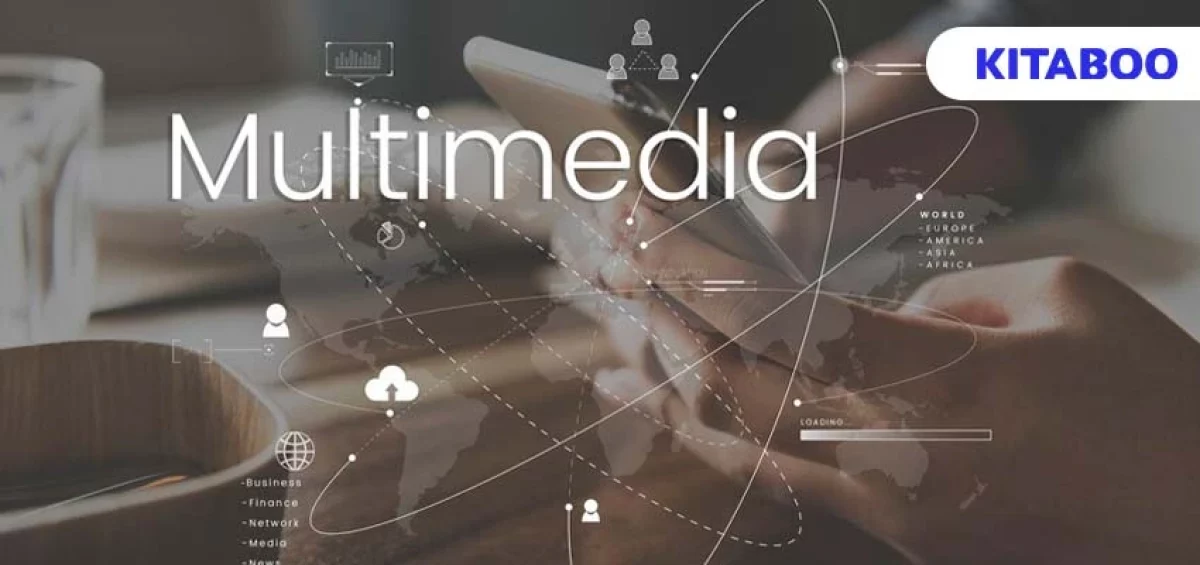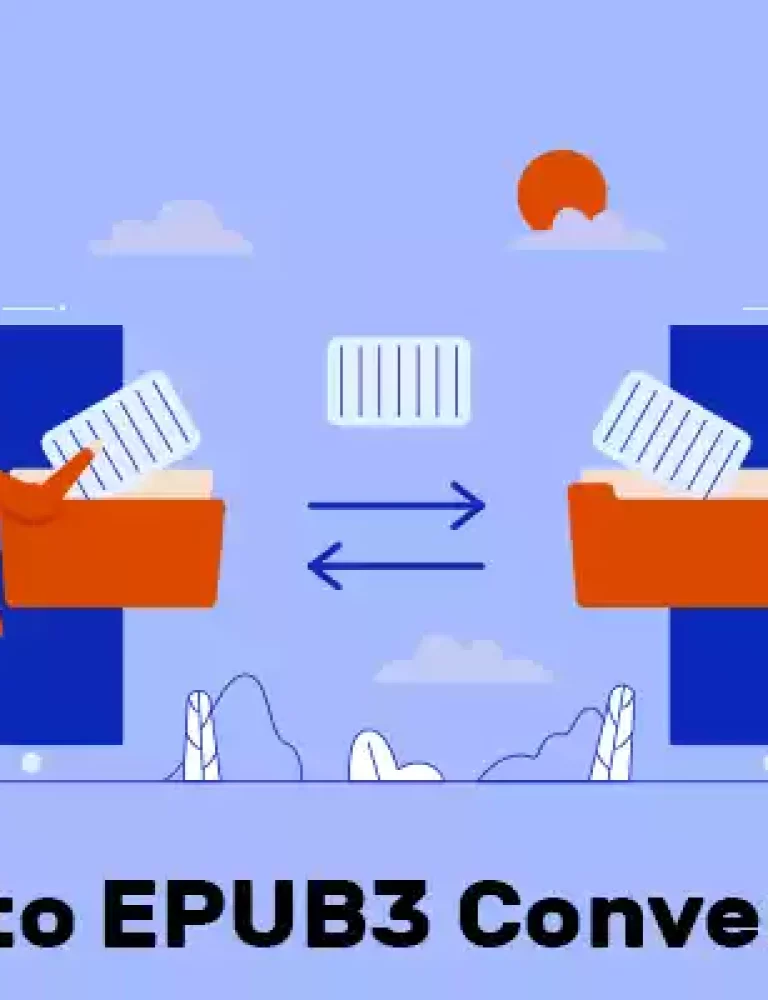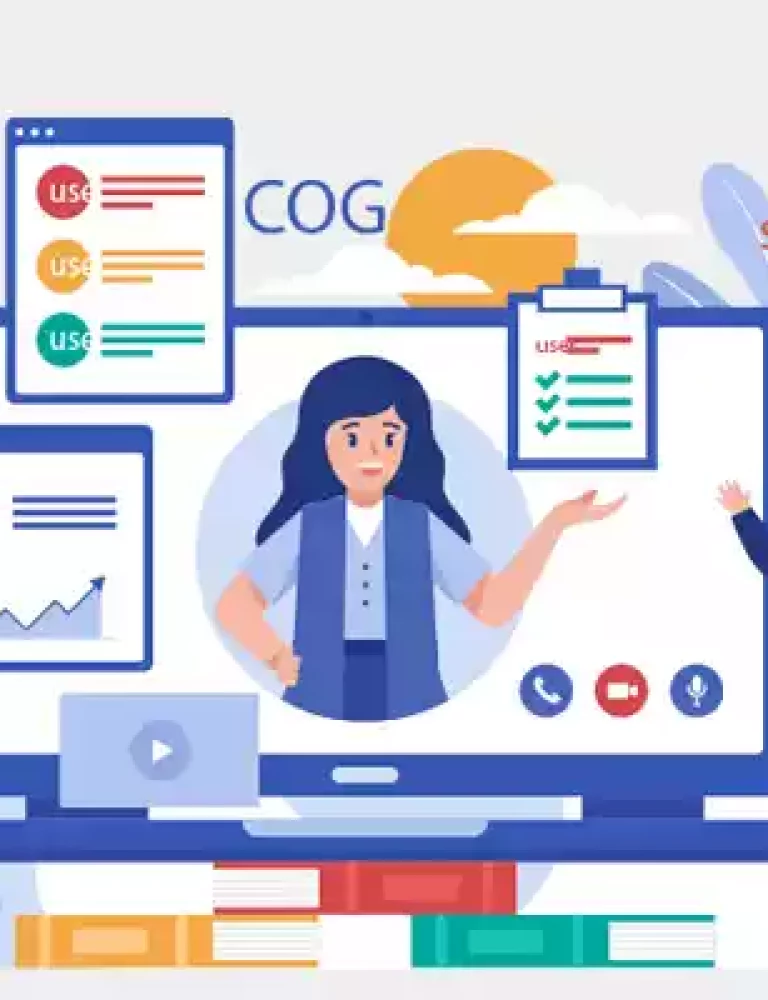In the myriad of K12 digital content innovations and niches, words alone are not sufficient to engage audiences. The incorporation of multimedia is a pivotal element of rich and immersive user experiences.
The fusion of different multimedia elements in the K12 sector has become a game-changer, allowing content editors and creators to connect with their audiences on a deeper level.
In this article, we will discuss the impacts of multimedia in content development and how content editors can effectively use efficient digital editing tools to create a compelling K12 user experience.
Table of Contents
I. The Power of Multimedia in Content Development
- Increasing User Engagement with Multimedia
- Incorporating Videos for Maintaining User Interest
- Adding Interactive Elements for Creating Immersive Experiences
- Creating a Brand Image Through Multimedia
- Increasing Engagement Through Visual Storytelling
- Optimizing Content Efficiency by Balancing Information and Visuals
II. Efficient Digital Editing Tools for Multimedia Excellence
- Boosting Visual Aesthetics with Graphic Design
- Creating Dynamic Content with Video Editing
- Using Digital Platforms to Streamline Content Elements
III. Conclusion
The Power of Multimedia in Content Development
Multimedia content refers to various forms of media, such as images, videos, and interactive elements, that cater to diverse audiences in order to capitalize on the impact multimedia can have on content consumption.
Visual elements serve as aesthetic embellishments and function as vivid communicators, providing content editors and creators with the ability to quickly put information across within the limited confines of audience attention.
Let’s explore the power of multimedia in K12 content development:
1. Increasing User Engagement with Multimedia
One of the biggest advantages of incorporating multimedia in content development for the K12 sector is its ability to improve user engagement. An effective and well-informed image or a captivating video can significantly increase the time users spend on and engage with a particular webpage.
This engagement improves search engine rankings and provides more opportunities for the content to resonate with the audience. For content editors looking to maximize impact and make effective and interesting K12 multimedia content, understanding this drawing potential is vital.
2. Incorporating Videos for Maintaining User Interest
Videos are a vital component of content consumption as they are able to expand on initial user interest and further drive engagement. Engaging video ideas can be utilized to effectively deliver information and leave a lasting impression on the audience.
Incorporating videos into content requires the proper evaluation of factors such as video length and relevance so that videos become a driving force in K12 learning content, making multimedia that increases motivation and engages the audience.
3. Adding Interactive Elements for Creating Immersive Experiences
Interactive elements, such as quizzes, polls, and graphics, create a more immersive and inviting user experience. These elements allow creators to engage the audience while providing insights into user preferences effectively.
Through the use of such elements, content editors can utilize gamification strategies to increase user engagement, provide intrinsic motivation, and supplement the overall experience.
The goal is to strike a delicate balance between interactivity and interface simplicity. Digital textbook platforms like KITABOO allow content editors and creators to create customizable learning content with interactive elements, providing an immersive K12 experience.
4. Creating a Brand Image through Multimedia
A cohesive design ethos across diverse multimedia in K12 content development serves as a way for institutions and organizations to build up a brand identity. Striking elements, such as unique logos and color schemes, can help content stand out from the rest.
Content editors can make use of efficient digital editing tools to ensure consistency in their branding across multimedia elements in order to promote brand recognition and develop trust and credibility with their audiences.
5. Increasing Engagement through Visual Storytelling
Storytelling is a fundamental aspect of how we learn and communicate. Multimedia content allows editors to create complex and compelling narratives by using images, videos, and interactive elements.
This visual storytelling not only captures attention but also elicits emotions, making the content more memorable. Whether it’s a heartfelt video, a striking image, or an interactive infographic, the emotional engagement facilitated by multimedia content leaves a lasting impression on the audience.
6. Optimizing Content Efficiency by Balancing Information and Visuals
One of the biggest tasks K12 content editors face is reaching the proper balance between textual information and visual interactions. The use of multimedia enhances engagement, but an excess of multimedia elements can bog down the experience and distract from the core content’s messaging.
Each multimedia element should contribute meaningfully to the overall content through a keen understanding of audience preferences and how information should be relayed effectively through the combination of words and interactive elements.
Efficient Digital Editing Tools for Multimedia Excellence
The successful integration of multimedia elements depends heavily on efficient digital editing tools that can empower content editors to realize their creative visions by offering a wide array of features to enhance and optimize multimedia content in the K12 sector.
Let’s look at some key areas that efficient digital editing tools can enhance:
1. Boosting Visual Aesthetics with Graphic Design
Creative graphic design software provides K12 content editors with the ability to create visually appealing images and infographics. By offering a variety of templates and effects, effective graphic design helps align multimedia content with the overall design ethos.
In order to increase recognition, graphic design software can be used to create visuals that complement the written content and contribute to a more cohesive incorporation of multimedia in K12 content development.
2. Creating Dynamic Content with Video Editing
Competent video editing applications allow K12 content editors to craft and tailor their content.
These tools provide a range of editing features, such as adding special effects and transitions, to boost specific aspects of their content and ensure that videos are engaging while keeping in line with the overall subject and messaging.
3. Using Digital Platforms to Streamline Content Elements
Digital content platforms play a huge role in streamlining the integration of multimedia elements in content development. These platforms address the need for responsiveness in the modern digital landscape, maintaining a consistent and optimized experience.
Digital textbook platforms such as KITABOO serve as dynamic hubs and seamless interfaces that allow content editors to upload and manage K12 multimedia content effortlessly in order to ensure a pleasant experience across various devices and platforms.
Conclusion
In the context of innovative content development, the integration of multimedia elements is now becoming a competitive necessity. Content editors can harness the power of images, videos, and interactive elements to create immersive experiences that resonate with today’s audiences and craft effective content that leaves a lasting impact.
Through a strategic and thoughtful approach, editors can ensure that the content they create leaves a lasting imprint, combining words and visuals to create experiences that are insightful and long-lasting.
Digital textbook platforms like KITABOO enable content editors to seamlessly integrate multimedia into content development in order to provide K12 sector audiences with engaging and interactive digital experiences.
It helps streamline educational content as per academic standards, and the implementation of AI-powered tools allows for the use of highly interactive formats like flashcards, quizzes, chapter summaries, and more.
To know more, write to us at KITABOO@hurix.com.
Discover How An Ebook Conversion, Publishing & Distribution Platform Can Help You
Kitaboo is a cloud-based content platform to create-publish & securely distribute interactive mobile-ready ebooks.
You May Also Like







